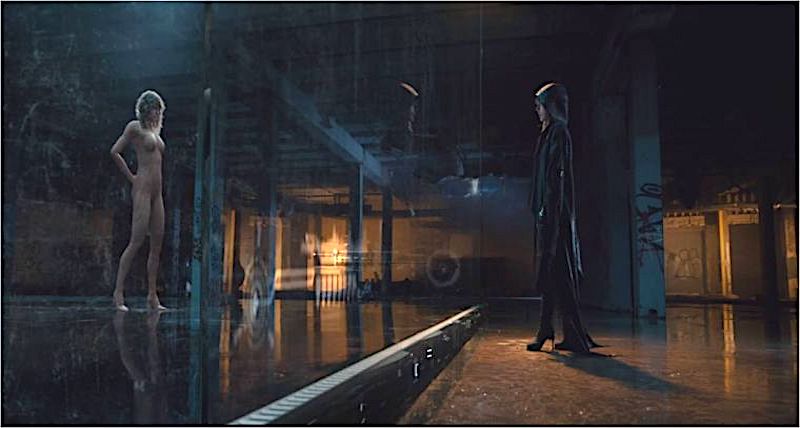
In "Spectre," Sam Mendes returned with Craig, to look further back into what made this Bond the agent we've come to know, love, and be scared of. Her last appearance in the franchise is one bubbling with a heartwarming chemistry between herself and Craig, making her one of the most memorable "Bond girls" to date. Most importantly though, "Skyfall" yet again tapped into the more human side of this damn-near unstoppable agent, and the relationship he had with Judi Dench's M. He gives us a take on the character that has earned its place in the same conversation as Connery, Brosnan, and company: Cool, calculated, and coated with that thin layer of comedic charm that all Bonds in their prime have delivered. Here, Craig is totally comfortable with the role and loving every second of it, leaving the days of uncertainty for this particular Bond in the dust. From an outstanding opening (and that boss cuff-straightening), a skin-freezing song, and a great villain in Javier Bardem's former MI6 agent, Silva, it's easily the most epic instalment of Craig's reign as Bond (other than "No Time To Die").
THE MUSIC IN SPECTRE FILM FIRST ACTION SEQUENCE LICENSE
The music’s celebratory theme grates against the violence and anger inherent in the action.Released on the 50th anniversary of the franchise, director Sam Mendes' take on the hero with the license to kill is a thrill-ride, flying through the checklist of essentials that make a Bond. Instead of the celebration we see in “Traviata,” the meeting is one of hate and danger. As is the case with Alfredo and Violetta, who meet at a big party, Bond meets his match at a party as well. What is also interesting about this sequence and the choice of “Libiamo,” a toast to new love (Violetta and Alfredo are meeting for the first time), is that this insertion follows Bond’s meeting with Oberhauser, the head of Spectre and his new adversary. Stereotypical as it may seem, it is likely more aimed at quickly immersing the viewer in Italy.


Since the sequence is set in Italy, it is no surprise that Mendes chooses the first thing most people might associate with the country – opera (that is also likely one of the reasons that we hear the Vivaldi in the Bellucci sequence again and the never hear opera again for the balance of the movie). Regardless of your feelings about this approach, Mendes’ intent is clear and this sequence is a perfect example of that. “Spectre,” as opposed to the preceding films featuring Daniel Craig as Bond, really tries to feature campy humor, a wink at earlier films in the franchise. The music counterpoints the tension-filled sequence and corresponding soundtrack, emphasizing the comedic elements of the contrast. The music playing on the radio? The brindisi from “La Traviata” as performed by Joan Sutherland and Luciano Pavarotti. Suddenly they turn into an alleyway and Bond meets his match – a civilian just driving calmly home. Bond is driving away from the villainous Hinx who is in hot pursuit.

The other major instance of opera in the film comes in a completely different fashion. It also prepares the audience for what we know comes next – a romantic scene between this lady and our hero. What the music ultimately does instead is express the romantic allure of Lucia, played by the legendary Monica Bellucci. The mourning vocal lines set a tone of darkness and yearning.

The camera tracks with her and on the soundtrack we hear the voice of Andreas Scholl singing “Cum Dederit” by Vivaldi. It’s night and she is walking through her mansion. The first of these comes in the first half when Bond saves Lucia, the wife of a crime lord he recently murdered. There are two distinct instances in which the operatic voice takes centerstage on the musical soundtrack. The same happens in Sam Mendes’ “Spectre” which also utilizes opera, though in a radically different way than “Quantum of Solace.” The film, as noted in said article was not one of the greatest quality, particularly when compared with the two Bond films immediately before and after it. Not too long ago, we took a look at how “Quantum of Solace” beautifully employed “Tosca” in a key action sequence. This week’s installment features Sam Mendes ’“ Spectre. We will select a section or a film in its entirety, highlighting the impact that utilizing the operatic form or sections from an opera can alter our perception of a film that we are viewing. “Opera Meets Film” is a feature dedicated to exploring the way that opera has been employed in cinema.


 0 kommentar(er)
0 kommentar(er)
